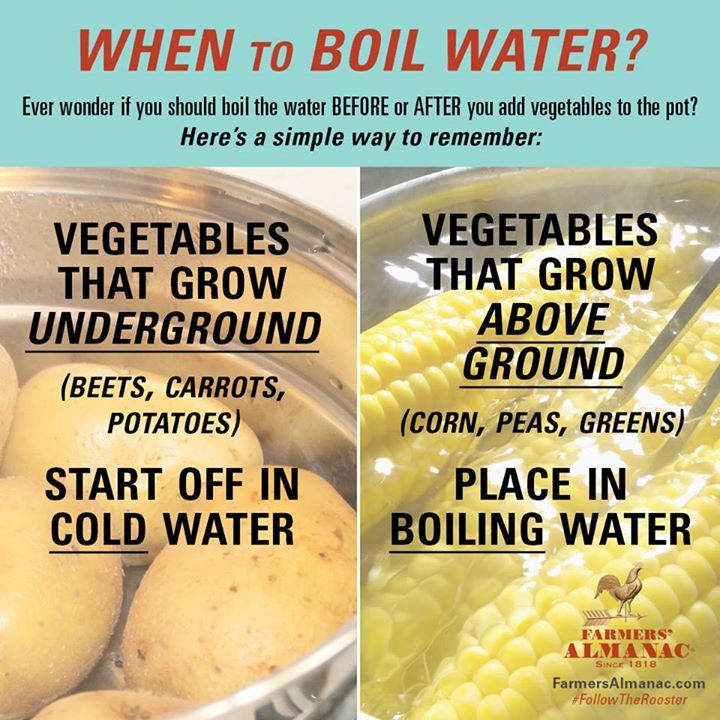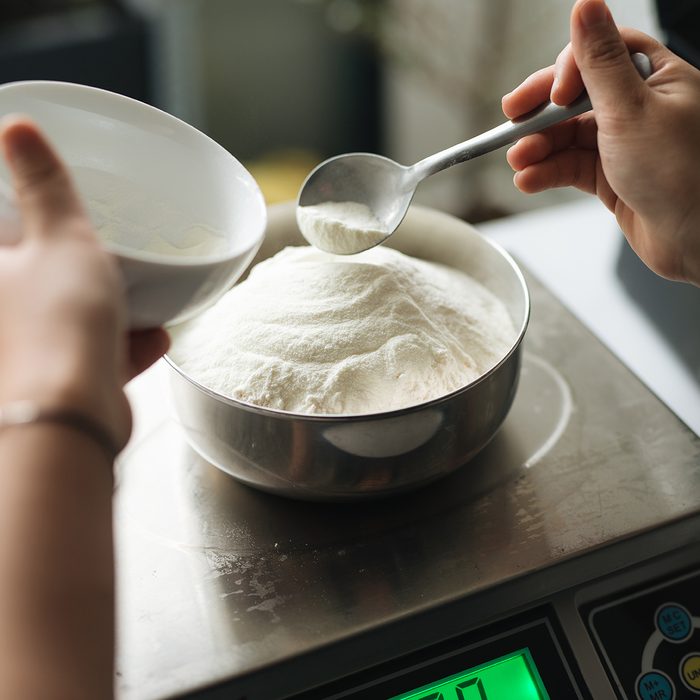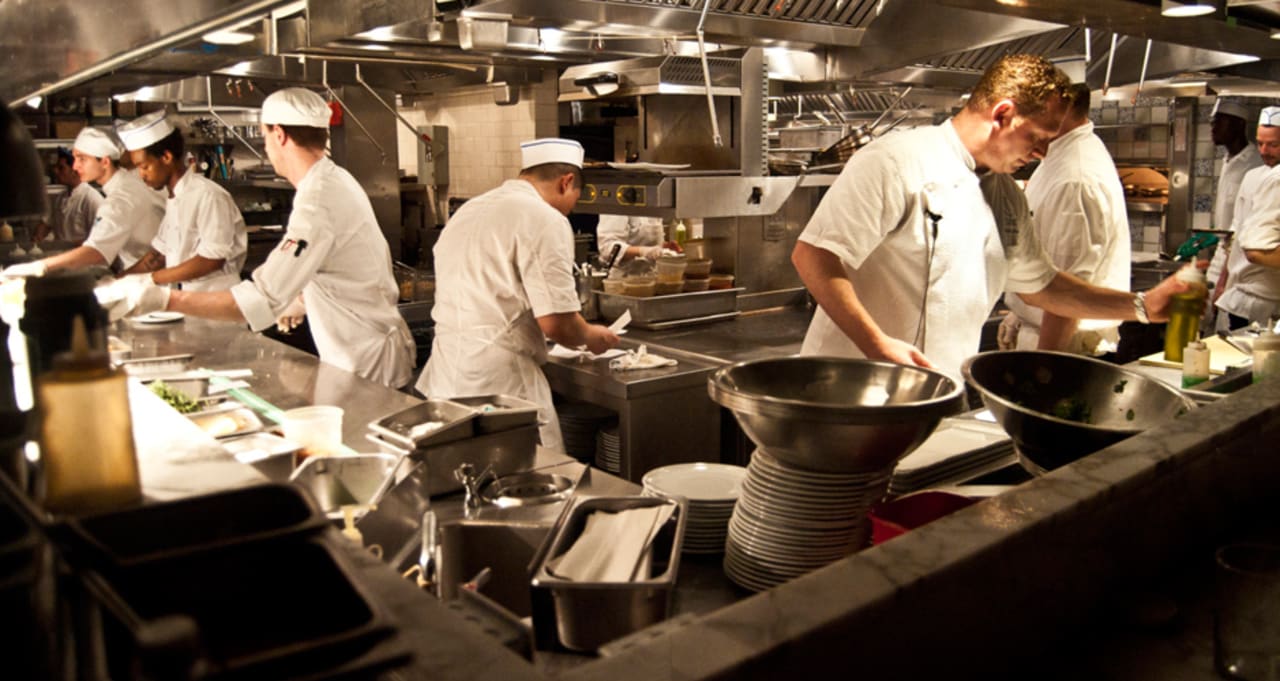
There are many things that can be done to ensure your kitchen is safe. There are many safety measures that you can take, such as avoiding electrical extension cords, not buying damaged appliances and turning pot handles inward. But, there are also potential dangers in the kitchen. These can include electrical fires as well as choking hazards. Continue reading to find out more about safety in the kitchen. These are the best:
Fire hazards
One of the most dangerous areas in the home is the kitchen. Serious injuries can result from common kitchen hazards. Some accidents are avoidable, but others can cause serious injuries. You can avoid most kitchen accidents with just a few basic precautions. It is important to seek medical attention immediately if you sustain any injuries in the kitchen. Even if it seems like only a minor ailment, you may be hiding an internal injury that may not be visible for days.
Electric fires
Even though electrical fires in the kitchen can be dangerous, you can avoid them by taking some safety precautions. Overloading an electrical outlet is not a good idea. You also should avoid overusing liquids and water near heat-generating equipment. Avoid plugging appliances that contain liquids or water. It is important to avoid overloading outlets. This can lead to dangerous situations, and can even cause trip breaker.

Stoves
It is common to leave something on the stove unattended that leads to house fires. Sometimes people forget to check on their kitchen stoves while they're out and about or just for a quick break. Do not place anything in close proximity to the stove. Potholders should be used to catch any packaging which might fall onto the stove.
Choking hazards
Choking in the kitchen can lead to many problems. Even small objects can cause choke-ups in children. Parents need to be extra vigilant about their children's safety. Check behind couches, under furniture and any other places where children might reach. Parents should be able to perform CPR, and always have a contact number in case of emergency. Parents should childproof their drawers and cabinets to prevent choking in kitchen. Children should always be supervised while eating and should not be allowed to cut foods smaller than half an inch.
Cross-contamination
Cross-contamination of food in the kitchen is a very common problem. Cross-contamination can occur when equipment transfers large quantities of potentially dangerous bacteria to food being made. Cross-contamination can happen whether a machine cuts meat or is used to produce glassware. A meat slicer was infected with listeria in 2008. Cross-contamination is possible in some cases. You can still prevent cross-contamination from your kitchen.

Hand washing
Proper hand washing is an essential aspect of food safety and is the first line of defense. Hand washing is vital for food safety. It requires extensive training and proper installation of hand washing stations. Hand washing can help reduce cross contamination and improve food safety. Hand washing is crucial for food processing plant safety. It should be taught in training sessions and displayed prominently in the workplace. Hand washing will help create a cleaner, healthier product.
FAQ
What should a beginning cook learn first?
Beginners should begin cooking simple dishes like soup, pasta, and rice. Learn how to cook with a recipe book, YouTube video or other resources. Cooking with friends is much more enjoyable. Have a group of friends cook, or cook together.
How can I be motivated to cook?
It's fun to cook for your friends and family. It is easier to cook for yourself than for others. Make something new to get motivated to cook. This will help you learn about new techniques and ingredients. You can also use recipes from other cultures to increase your culinary knowledge.
How do you choose the right career path to become a chef? How can I get started in my career as an chef?
An apprenticeship is a good way to start your career as a chef. Apprenticeships offer the chance to work for several year without any tuition fees. After completing your apprenticeship, you can apply for a position as a sous chef. Sous chefs assist cooks with tasks such as making salads, and desserts. They also oversee the restaurant's operations.
Statistics
- The median pay for a chef or head cook is $53,380 per year or $25.66/hour, according to the U.S. Bureau of Labor Statistics (BLS). (learnhowtobecome.org)
- According to the BLS, chefs earn $58,740 a year. (learnhowtobecome.org)
- On average, chefs earn $58,740 a year, according to the BLS. - learnhowtobecome.org
External Links
How To
How to make an omelet that is perfect
Omelets have always been a favourite food to eat for breakfast. But how do you make them perfectly? I've tried many recipes and different methods but none have worked. So I am sharing some tips and tricks today to help you make fluffy, delicious omelets every morning.
First, eggs can be very temperamental ingredients for making omelets. You must get them fresh, organically, and keep them cold until you cook. If you don't keep them cold enough, the whites won't form properly, and the yolks will break down too much and become runny. This causes your omelets to look oddly colored. If you're going to cook them immediately, it is best if the eggs are still warm.
Another tip is to separate the egg before adding it to the pan. Because this could cause your omelet to become curdled, you don't want any yolk to be mixed with any white.
The bottom part of an egg that is added directly to the stovetop might be burned, which could cause a ruined texture in your omelet. Instead, heat the egg for 10 seconds in the microwave before placing it in the pan. The microwave heat cooks the eggs just right without overcooking them.
Next, let's talk about mixing the eggs. You want to mix the eggs thoroughly before you add them. You need to turn the bowl of the mixer upside down. Next, shake the bowl vigorously. This allows the air to be whipped and the egg to be mixed thoroughly.
Now comes the fun part: adding the milk to your mixture. Mix half of the milk with the eggs. Then fold the eggs in half into the remaining milk. You don't need to worry if streaks remain. They will disappear once you flip your omelet.
After you have folded your eggs, heat up the oil on medium heat. Wait for it to get hot. When the oil is hot enough, add 1/4 cup butter to the pan. Stir it around until the butter covers the entire pan. Next, carefully open the lid and sprinkle salt into your pan. A pinch of salt will help prevent the omelet from sticking to the pan.
Once the omelet has formed, cover the pan again and wait for the top side to set completely. Flip the omelet upside down or with a spatula. Cook the second side for a minute or so. Take out the omelet and place it in a bowl.
This recipe works best using whole milk. Skimmed milk is also possible.